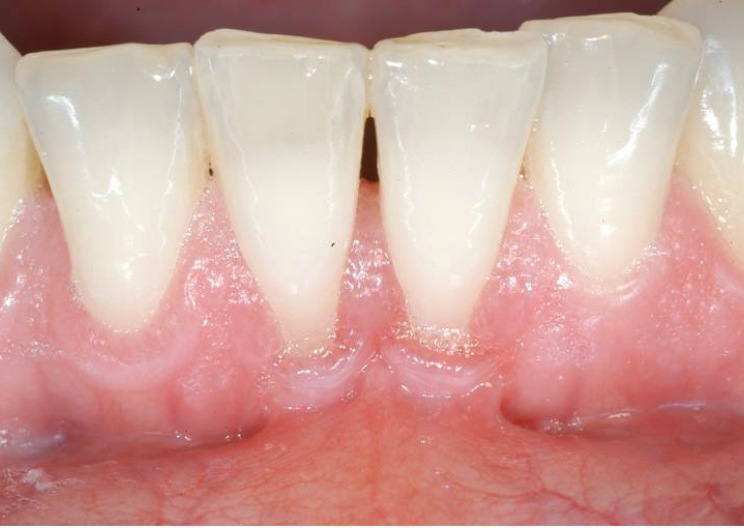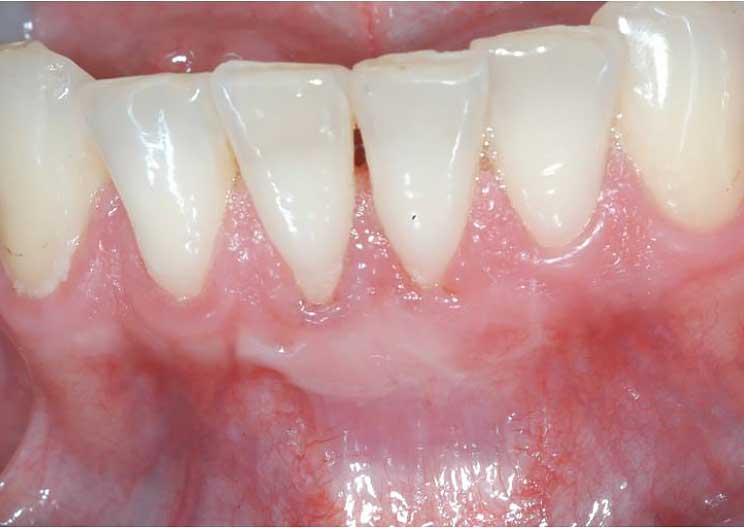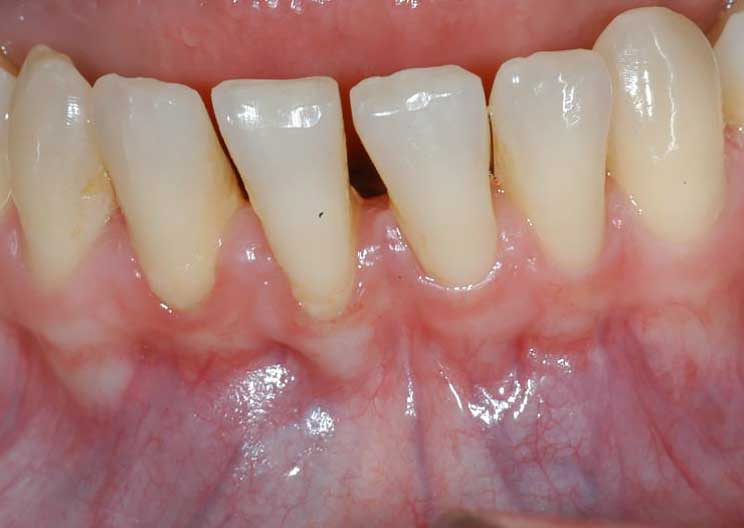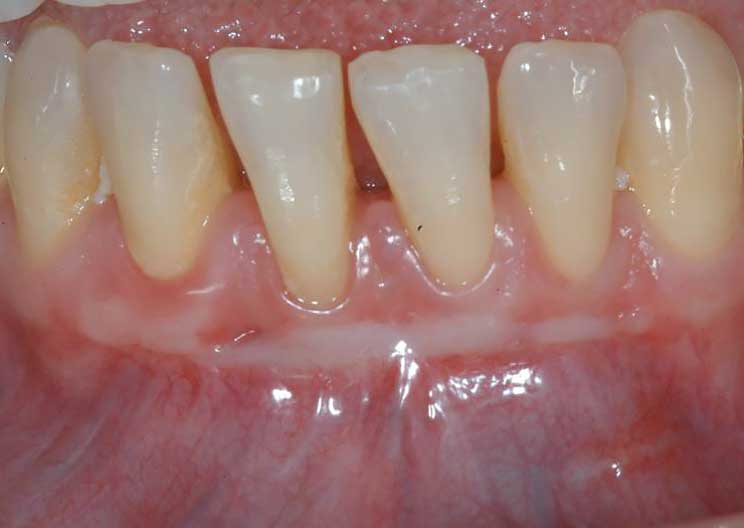Learn more about our Wilkes-Barre / Scranton Frenectomy Procedures below…
A frenectomy is easily defined as the removal of a frenum in the mouth. A frenum is a muscular attachment between two tissues. There exists two frena in the mouth that can lead to the obstruction of normal functions, thus requiring the need for frenectomies. These frena are referred to as the lingual frenum, which connects the tongue to the floor of the mouth, and the maxillary labial frenum, which connects the inside of your upper lip to the gums just above the upper two front teeth.
The lingual frenum connects the tongue to the floor of the mouth. In some cases, the lingual frenum may run all the way to the tip of the tongue. “Tongue-tied” is a term that may often be heard in conjunction with this occurrence. A restrictive lingual frenum is a common sight in young children. Typically, children are able to accommodate well to a prominent lingual frenum and have no real problems with eating and speaking normally. If the attachment happens to extend all the way to the tip of the tongue, then a frenectomy may be the only option to give the child a normal function of the tongue. A lingual frenectomy is a simple procedure and involves numbing of the tongue with local anesthetic. A small incision is then made which frees the tongue from the floor of the mouth. The incision will then be stitched and the tissue allowed to heal.
The maxillary labial frenum is attached to the upper lip and the gums just above the upper two front teeth. Moving your tongue up between your upper lip and your teeth, you should be able to feel what is a thin band of muscle. A prominent maxillary labial frenum can often the cause of a large gap between the upper two front teeth. This has a tendency to be concerning for parents. However, unless the frenum is the cause of a lot of pain on the upper lips and gums, immediate treatment is not always necessary. Treatment should ideally be delayed until the upper teeth have had a chance to fully come in. In many occurrences, the replacement of the baby teeth with permanent teeth will naturally close the gap between the teeth. If the gap fails to close, then it may rectified using braces. If the teeth begin to spread again after braces have moved them together, then a maxillary labial frenectomy can be explored if it is deemed to be the cause of the gap. A maxillary labial frenectomy should not be attempted before the gap is closed, as it can cause scar tissue to form making it impossible to remedy the space between the upper two front teeth.
It is generally suggested getting a frenectomy when the frenum is inhibiting normal function or causing obvious pain.
A lingual frenectomy should be explored if a child is having trouble eating, swallowing, or speaking.
If a child still has their baby teeth, a maxillary labial frenectomy should be considered only if it is causing the child pain. If the maxillary labial frenum is causing a gap between the upper two front teeth, then a frenectomy should be considered only after the closure of the gap using braces. If a maxillary labial frenectomy is performed before the upper two front teeth are brought together, then the impending scar tissue could render it impossible to bring the upper two front teeth together, leaving the child with a irreversable gap between their two front teeth.



